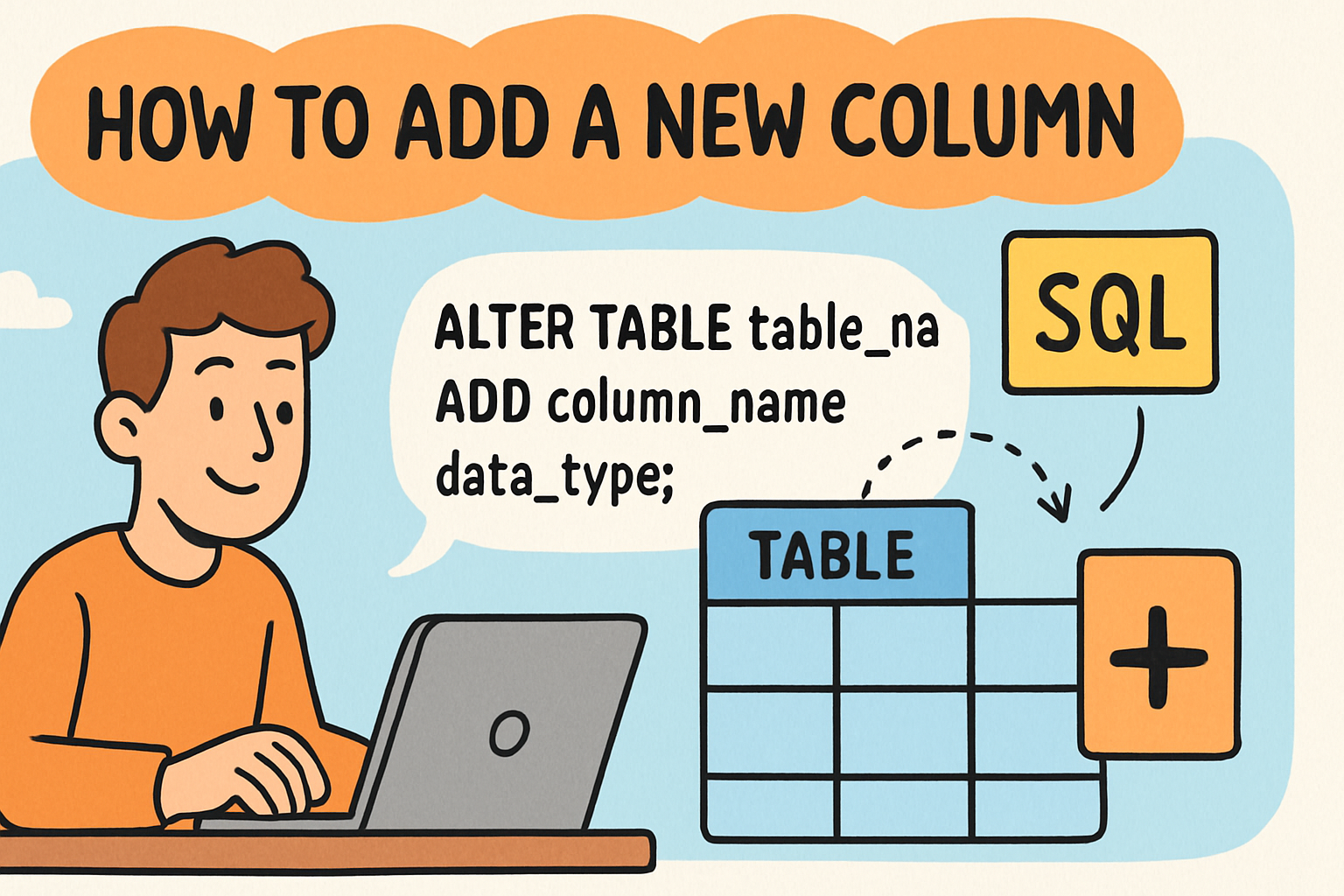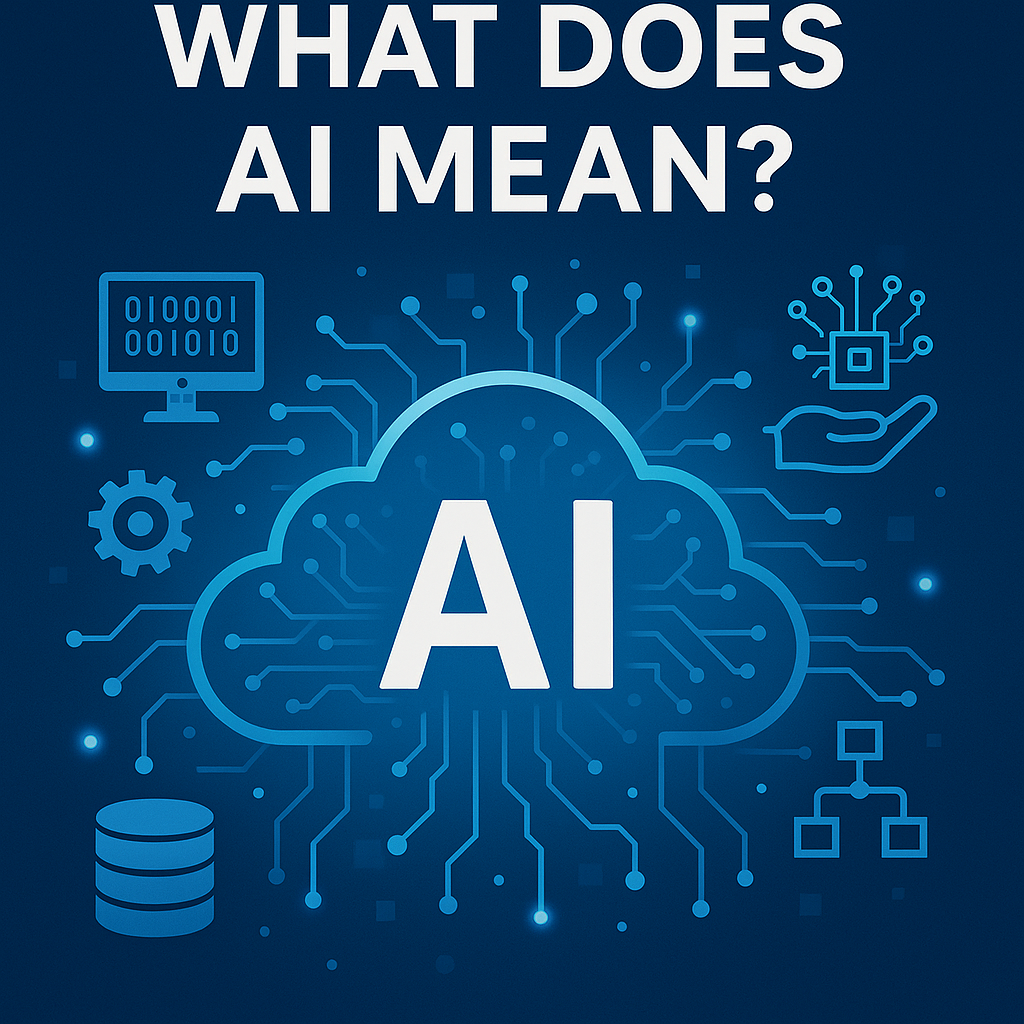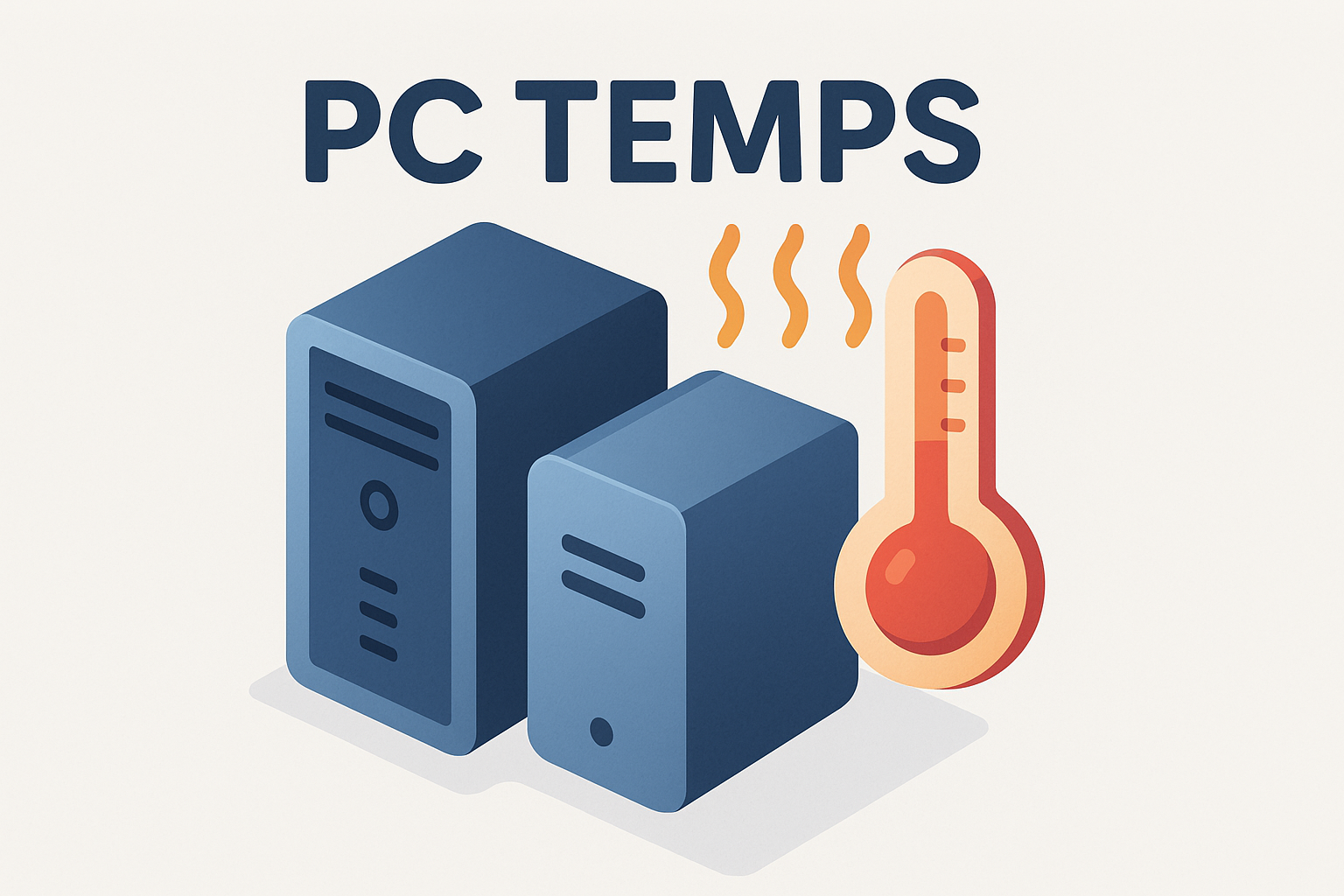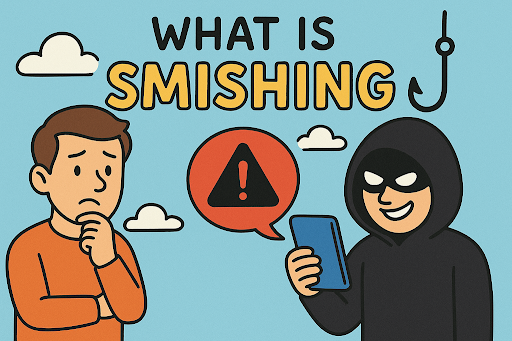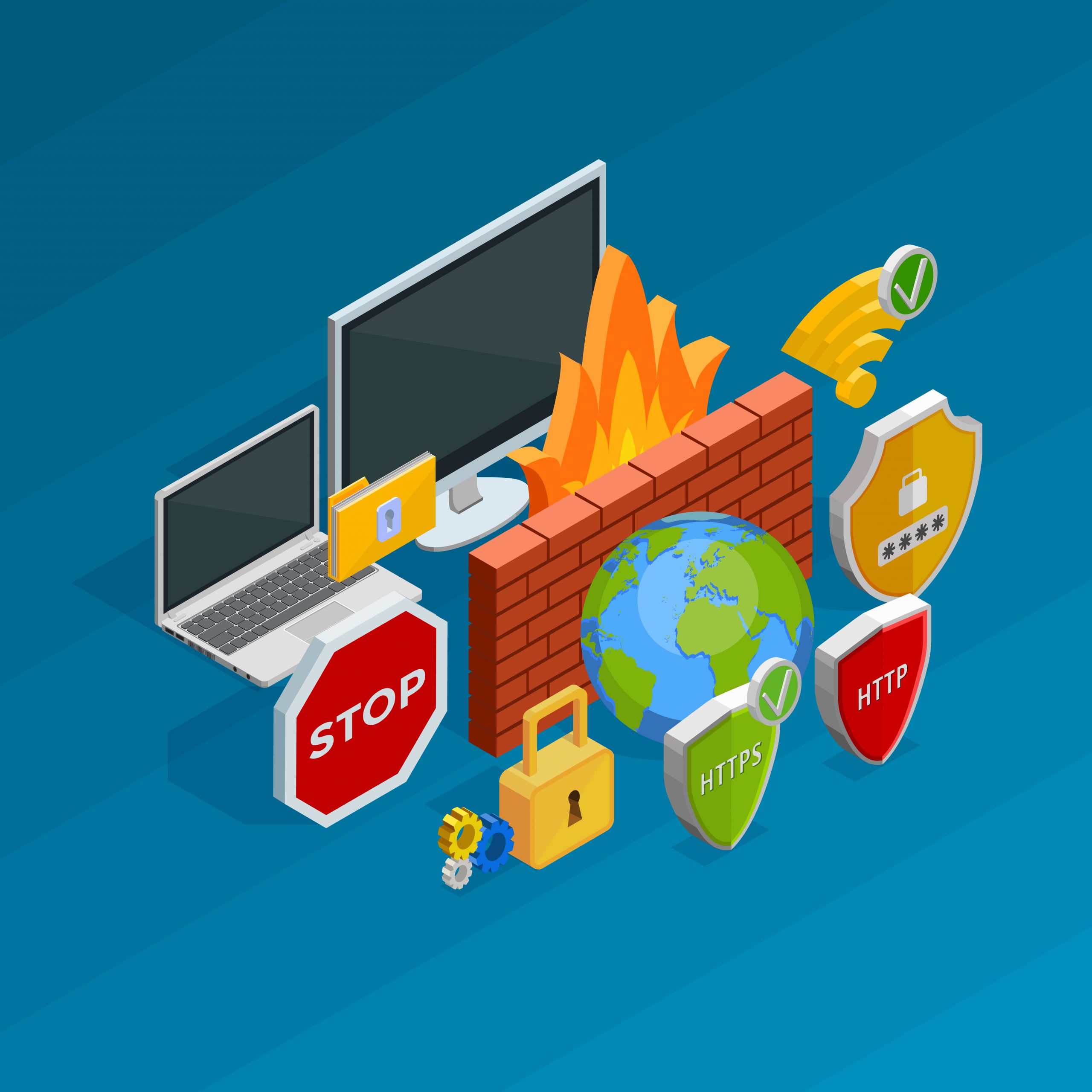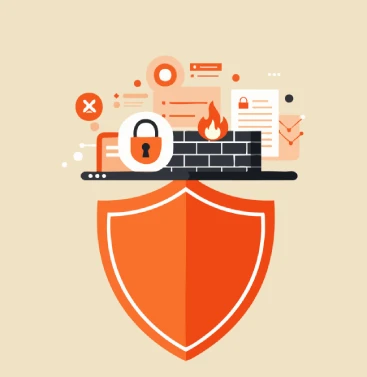What Is Cyber Attack? Understanding Threats in the Digital Age
Updated on July 16, 2025, by Xcitium
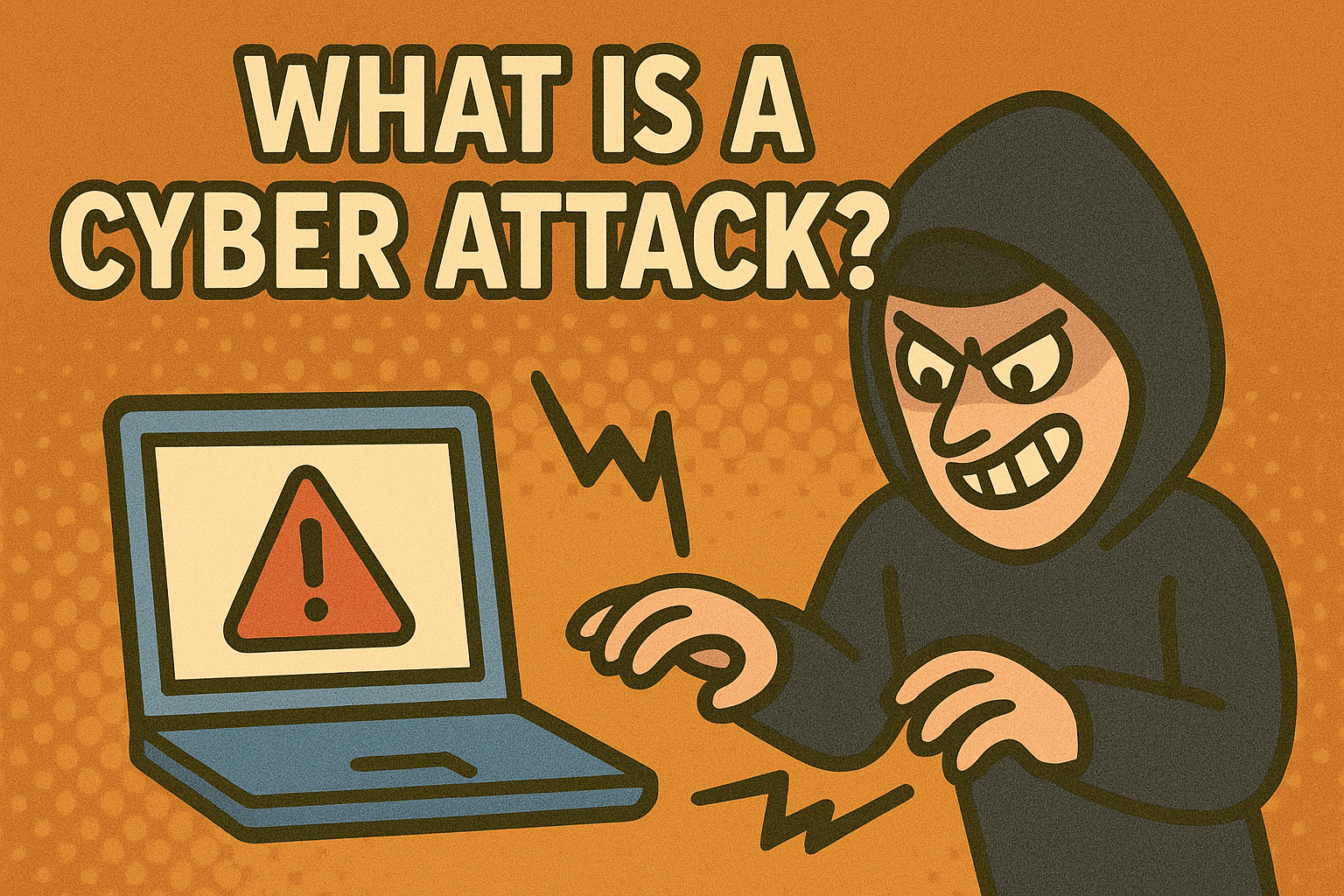
With headlines regularly featuring ransomware, data breaches, and digital sabotage, it’s no surprise that many ask: what is cyber attack and why should I care?
In today’s connected world, cyber attacks pose a real and growing threat to individuals, businesses, and even national security. This guide explores what is cyber attack in cyber security, types, real-world examples, prevention methods, and even how cyber attacks play out during war.
Whether you’re an IT manager, cybersecurity pro, or C-level executive, understanding these digital threats is critical to your defense strategy.
What Is a Cyber Attack?
A cyber attack is any deliberate attempt by an individual or group to breach the information system of another entity. These attacks aim to steal, expose, alter, disable, or destroy data, systems, or infrastructure.
What Is Cyber Attack in Cyber Security?
In cybersecurity, cyber attacks are seen as hostile acts targeting digital assets. The goal is to compromise confidentiality, integrity, or availability of information and systems.
Common Targets of Cyber Attacks:
- Financial data and credentials
- Intellectual property and trade secrets
- Government systems
- Critical infrastructure (energy, health, transport)
Cyber attacks can be simple (phishing emails) or complex (nation-state cyber warfare).
What Is Cyber Attack and Its Types?
Cyber attacks come in many forms. Understanding each type helps build better defense mechanisms.
4 Types of Cyber Attacks (and More):
1. Malware Attacks
- Includes viruses, worms, ransomware, and spyware
- Often spread via email attachments, malicious downloads
2. Phishing
- Social engineering to trick users into revealing sensitive info
- Usually via fraudulent emails or fake websites
3. Denial-of-Service (DoS) & DDoS Attacks
- Flood systems with traffic to crash services
- Can disrupt business operations and cause reputational harm
4. Man-in-the-Middle (MitM)
- Intercept communications between two parties to steal data
Other Noteworthy Types:
- SQL injection
- Zero-day exploits
- Credential stuffing
- Insider threats
Cyber attackers constantly evolve their methods. Staying aware of emerging threats is key.
What Is Cyber Attack Example?
Real-world examples help illustrate the impact of these attacks.
Notable Cyber Attack Examples:
- WannaCry Ransomware (2017): Affected over 200,000 computers in 150 countries
- Equifax Breach (2017): Exposed sensitive data of 147 million people
- SolarWinds Hack (2020): A sophisticated supply chain attack targeting U.S. government agencies
- Colonial Pipeline Attack (2021): Disrupted fuel supply across the U.S. East Coast
These incidents show how cyber attacks can cripple systems, cost billions, and endanger lives.
What Is Cyber Attack in War?
In modern warfare, cyber attacks are used as strategic tools. They can precede or accompany kinetic attacks.
Characteristics of Cyber Warfare:
- Targeting critical infrastructure (power grids, satellites)
- Espionage and intelligence gathering
- Disruption of communication and supply chains
Example:
- Russia-Ukraine Conflict: Cyber attacks have been used to take down banking systems, media outlets, and government portals.
Cyber warfare blurs the line between traditional combat and digital sabotage.
Causes of Cyber Attack
Understanding the root causes helps build resilient systems.
Common Causes:
- Human Error: Weak passwords, clicking malicious links
- Unpatched Software: Known vulnerabilities left exposed
- Lack of Security Policies: Poor or nonexistent data governance
- Third-Party Risks: Vendors or partners with inadequate security
Most breaches are preventable with proper training and security hygiene.
How to Prevent Cyber Attacks
Cybersecurity is a proactive discipline. Here are strategies to reduce risk:
1. Employee Training
- Conduct regular cybersecurity awareness sessions
2. Patch Management
- Keep systems and applications up to date
3. Strong Access Controls
- Use Multi-Factor Authentication (MFA)
- Limit user permissions
4. Endpoint Protection
- Deploy antivirus, EDR (Endpoint Detection & Response) tools
5. Network Security
- Use firewalls, VPNs, and intrusion detection systems (IDS)
6. Backup & Recovery
- Regularly back up data and test recovery processes
7. Incident Response Plan
- Have a documented process for handling breaches
Prevention is more cost-effective than remediation.
Biggest Cyber Attacks in History
Some attacks are so large they redefine cybersecurity standards.
Historic Cyber Events:
- Yahoo Breach (2013–14): 3 billion accounts compromised
- NotPetya (2017): Caused $10 billion in damages worldwide
- Stuxnet (2010): Targeted Iran’s nuclear program, considered the first true cyber weapon
- Target Data Breach (2013): 40 million credit card numbers stolen
These breaches led to stricter regulations like GDPR and improved cybersecurity frameworks.
FAQs
1. What is cyber attack in cyber security?
It refers to malicious attempts to compromise digital systems and data within the context of protecting information and infrastructure.
2. What are the 4 types of cyber attacks?
Malware, phishing, denial-of-service (DoS), and man-in-the-middle (MitM).
3. What are causes of cyber attack?
Human error, outdated software, lack of policies, and third-party vulnerabilities.
4. How can we prevent cyber attacks?
By implementing strong access controls, employee training, regular updates, and using cybersecurity tools.
5. What is cyber attack example?
WannaCry ransomware, SolarWinds supply chain attack, and the Equifax data breach.
Final Thoughts & CTA
Understanding what is cyber attack and how it impacts businesses is the first step to building a stronger defense. From human error to sophisticated threats, awareness is the best shield.
Whether you’re a founder or an IT leader, your next move should be strategic.
👉 Request a Demo with Xcitium Today
See how our endpoint protection and threat containment solutions can keep your organization one step ahead of attackers.







